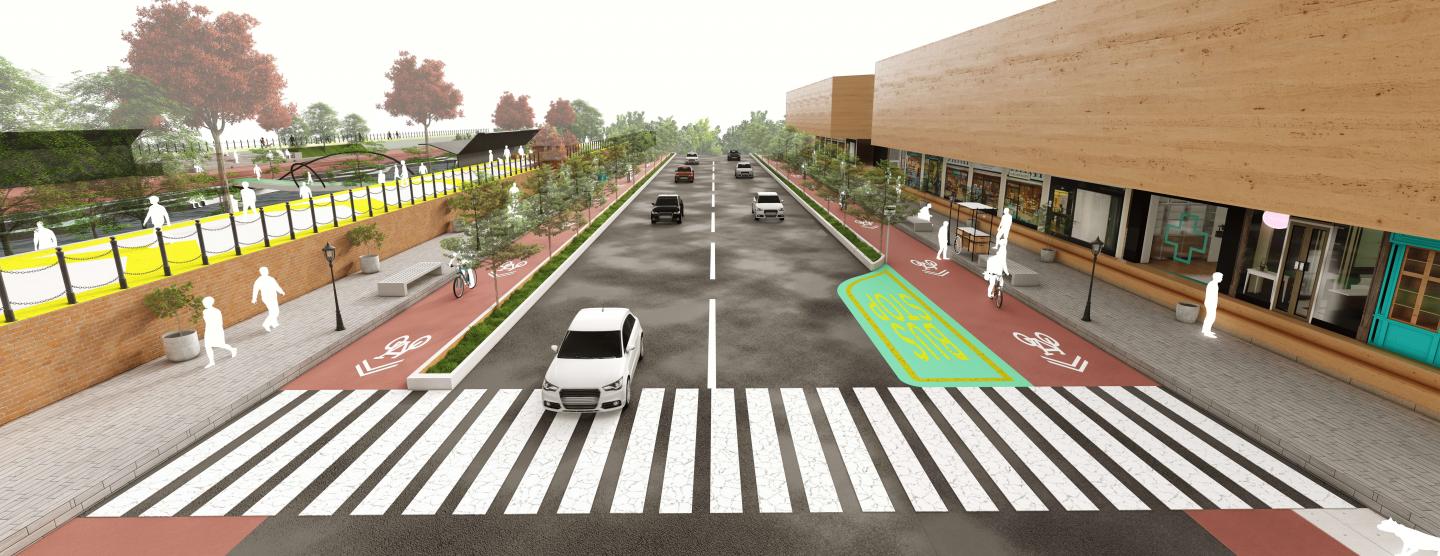"A livable community is one that is safe and secure, has affordable and appropriate housing and transportation options, and offers supportive community features and services. Once in place, those resources enhance personal independence; allow residents to age in place; and foster residents' engagement in the community's civic, economic, and social life." – AARP Public Policy Institute (2017)
At the time of partition of India in 1947, people were relocated to colonies in Old Jammu City for immediate housing. These colonies are today known to be the ‘refugee colonies’. Our selected neighborhood ‘Shakti Nagar’ is one such neighborhood that emerged out of necessity. The neighborhood is densely packed and lacks open and green spaces as the need of the hour was to overcome the housing crisis at that time.
As people had no source of income upon rehabilitation, small shops emerged around the corners of the neighborhood and sparked scattered and unplanned growth. With time eventually, as the population grew, the area became denser and failed to achieve basic livability criteria. The residents face issues like improper sanitation, drainage problems, light and ventilation problems, the unplanned road network that at times leads to accidents on a daily basis.
This project takes a few specific aspects/indicators of livability to be measured at the residential neighborhood, like –
1. Spatial Configuration - Land-use / Building use, Density, Compactness of fabric
2. Housing – Urban form, Transition / Threshold spaces (public v/s private)
3. Environment - Public space, Open space, Trees and Landscaping
4. Image, Identity, Culture, Sense of Belongings
5. Transportation & Mobility – Road network, Streets, Pedestrian spaces, Public Transport and NMTs, Connectivity & Accessibility
With this project, we attempt to map and assess the Qualitative Aspects of Livability of Shakti Nagar Neighbourhood in Jammu, India and propose potential urban design interventions in the selected area for the enhancement of quality of life.
2021
0000
With the neighborhood area of 2 km sq., there are three different interventions on similar grounds to improve livability. The interventions include-
1. Canal Redevelopment – The canal marking one edge of the neighborhood which is currently being used as a dumping yard is transformed which in turn encourages public interactive areas, recreational areas for an overall better public place to be used by all age groups.
2. Housing and commercial Typology- The newly introduced housing and commercial typologies revive the neighborhood imageability by enhancing the residents’ living scenario and making the commercial edge more active and accessible for the customers and visitors.
3. New Road Network – New road network is intended to reduce the ambiguity and disrupted mobility due to existing traffic. Hence, improve traffic flow and enhance ease of movement.
The interventions regarding the housing and commercial typologies as well as the road network can be adapted as a prototype in other neighborhoods all over the country. All these interventions are subjected to cater to different problems of the neighborhood and are better explained in the sheets below.
Team Members - Rakshit Gupta
Riddhimaa Gupta
Mentor - Ar. Sourovee Dutta













